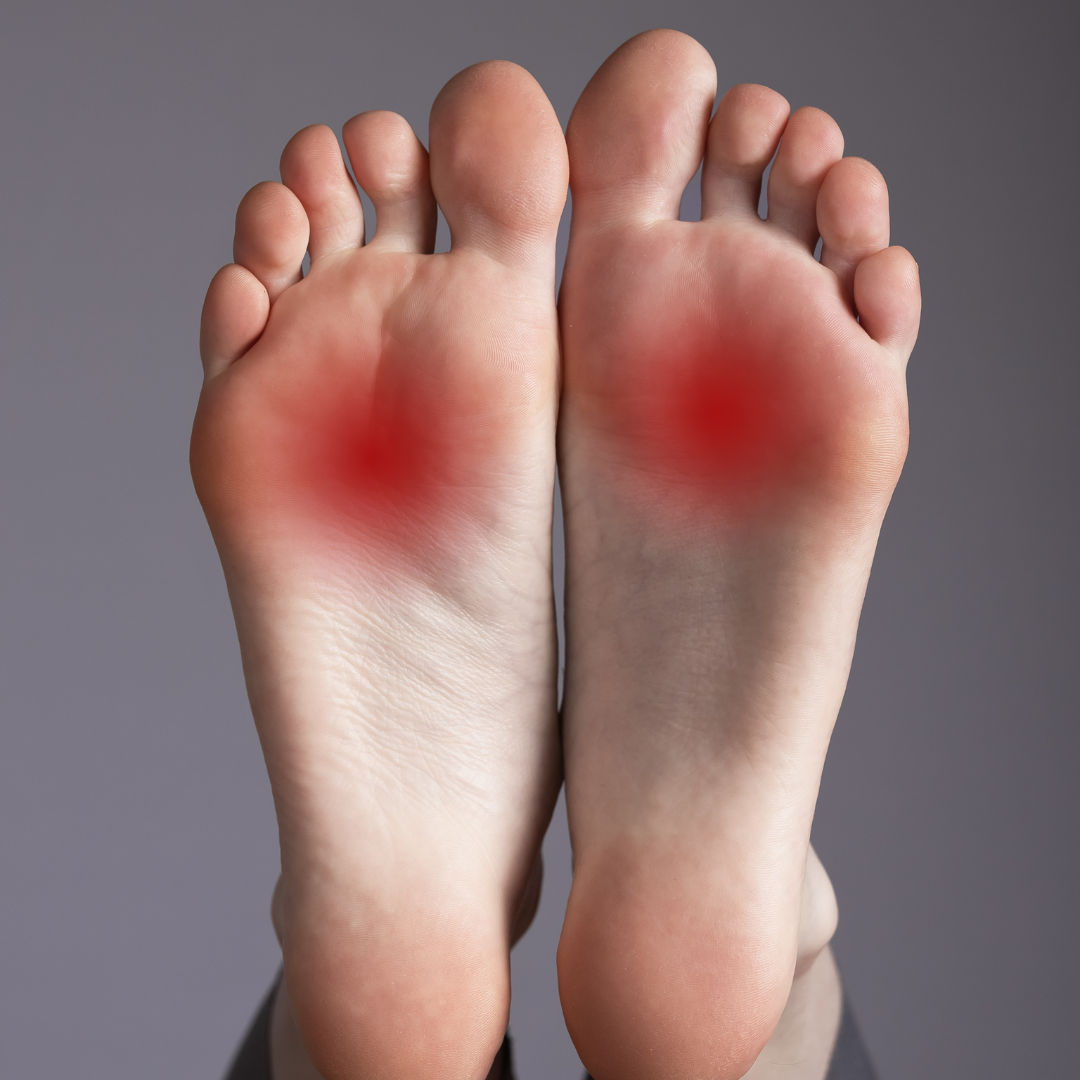 “Dr. Zaslow weighs in on the most common blister resulting from friction during workouts and how to prevent them
“Dr. Zaslow weighs in on the most common blister resulting from friction during workouts and how to prevent them
Article Link: How to Treat and Prevent Blisters During Exercise | The Output by Peloton (onepeloton.com)
It’s the moment every athlete dreads: You’re in the groove, enjoying your workout, and suddenly, a blister strikes.
Most of us have experienced minor discomfort or disruptions during exercise at one point or another. But being proactive and knowing how to treat blisters before they get too painful—and knowing how to prevent blisters from happening in the first place—can help keep your fitness routine on track.
What Are Blisters?
Blisters come in many shapes, sizes, and types, including blood, heat, and friction blisters:
-
Blood blisters form after something pinches your skin, like after you pinch your finger in a door. (Ouch!)
-
Heat blisters occur when you come into contact with something hot (like a curling iron or hot pan), or may result from sunburn.
-
Friction blisters occur when the first and second layers of your skin separate due to rubbing or friction, such as when your ankle rubs against the back of your shoe all day. Fluid then fills the space between these two top skin layers, and you can end up with a friction blister, explains Tracy Zaslow, MD, a board-certified pediatric and adult sports medicine specialist at Cedars-Sinai Kerlan-Jobe Institute in Los Angeles and team physician for the Angel City Football Club and the LA Galaxy.
Friction blisters often form on the soles of your feet and palms of your hands, but Dr. Zaslow says they can also form in places where sporting equipment or clothing rubs the skin, such as where the buttocks rub against the bike seat. That’s because a warm, moist environment combined with friction can lead to a blister.

A friction blister often wreaks havoc after wearing poorly fitted shoes, participating in activities that involve repetitive movement like running or various sports, or using equipment that causes continuous rubbing against the skin, such as bike handlebars or weights. Blisters can also spring up after you exercise in hot conditions, as heat can exacerbate the effects of friction on the skin.
And if you like to exercise without socks, be prepared for potential blisters, as bare, sweaty skin and shoes aren’t a good match. Ideally, opt for socks made from moisture-wicking materials to keep your feet dry, and change them if they become damp during activities.
.






